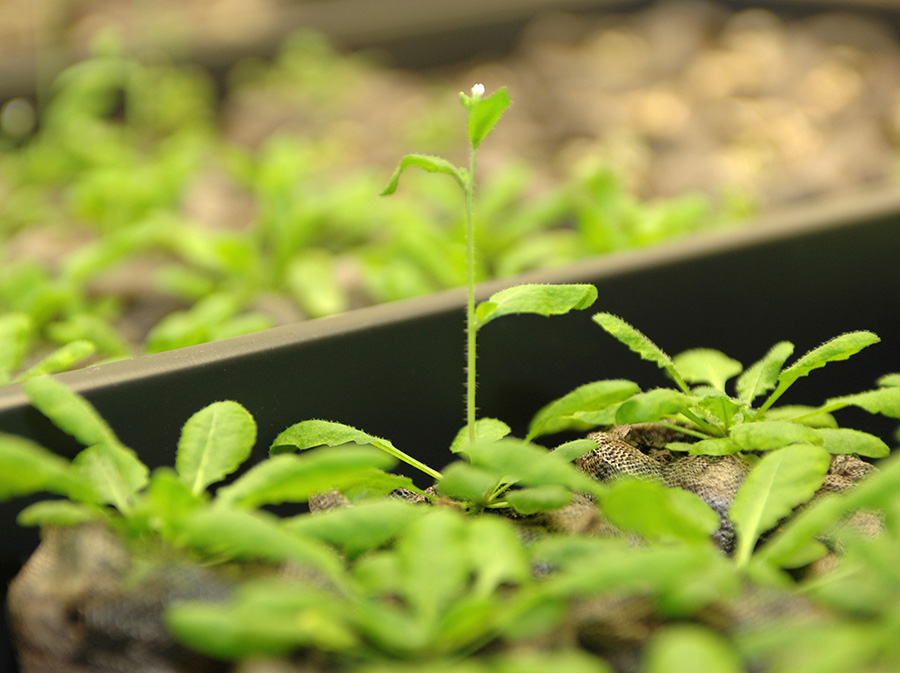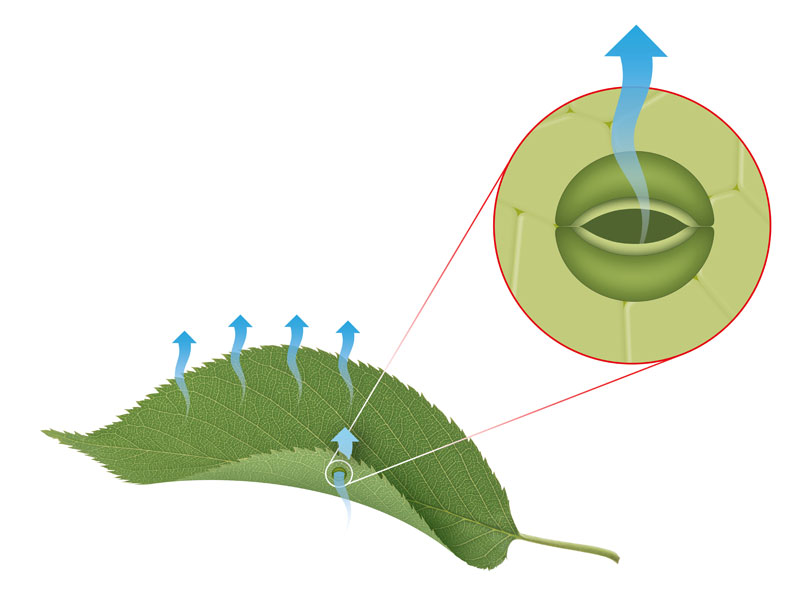
7th July 2020 Plant tissue engineering improves drought and salinity tolerance By genetically engineering thale cress, scientists have made it grow like a succulent, more than doubling the plant's water-use efficiency.
After several years of experimentation, scientists have engineered thale cress, Arabidopsis thaliana, to behave like a succulent – improving water-use efficiency, salinity tolerance and reducing the effects of drought. The tissue engineering method devised for this small flowering plant could be used in other plants with the goal of boosting food and bioenergy crops. "Water-storing tissue is one of the most successful adaptations in plants that enables them to survive long periods of drought. This anatomical trait will become more important as global temperatures rise, increasing the magnitude and duration of drought events during the 21st century," said John Cushman, Professor of Biochemistry and Molecular Biology at the University of Nevada, Reno. The work will be combined with another of Cushman's projects: engineering a trait called crassulacean acid metabolism (CAM), a water-conserving mode of photosynthesis that can also improve water-use efficiency. "The two adaptations work hand-in-hand," explains Professor Cushman. "Our overall goal is to engineer CAM, but in order to do this efficiently we needed to engineer a leaf anatomy that had larger cells to store malic acid that accumulates in the plant at night. An added bonus was that these larger cells also served to store water to overcome drought and to dilute salt and other ions taken up by the plant, making them more salt tolerant." Carbon dioxide (CO2) is taken up through leaf pores, called stomata. Plants open their stomata so that CO2 goes in, which then gets fixed to sugars and other compounds that support life on Earth. However, when stomata open, not only does carbon dioxide come in, but water vapour also goes out, and because plants transpire to cool themselves, they lose enormous amounts of water.
Cushman's team used genetic modification techniques to create A. thaliana with increased cell size – resulting in larger plants with increased leaf thickness, greater water-storage capacity, and fewer and less open stomatal pores to limit water loss due to overexpression of a gene called VvCEB1. This gene is known to control the cell expansion phase of berry development in wine grapes. The scientists observed major benefits of VvCEB1 gene overexpression: whole-plant instantaneous and integrated water-use efficiency, which increased by up to 2.6-fold and 2.3-fold, respectively. Water-use efficiency is the ratio of carbon fixed or biomass produced to the rate of transpiration or water loss by the plant. These improvements were correlated with the degree of leaf thickness and tissue succulence, as well as lower stomatal pore density and reduced pore openings. "We tried a number of candidate genes, but we only observed this remarkable phenotype with the VvCEB1 gene," said Cushman. "We typically will survey between 10 to 30 independent transgenic lines, and then these are grown for two to three generations before detailed testing." Just as mice are used in animal studies for later human trials, thale cress is often a "model" organism for experiments on plants. A small, weed-like plant, it has a short generation time of six weeks and grows well under laboratory conditions where it produces large amounts of seeds. If these findings could be replicated in other plant types, engineered tissue succulence could therefore be an effective strategy for adapting to adverse environmental conditions in the future – such as droughts, or saltwater intrusion from rising sea levels. With demand for agricultural products expected to grow by 70%, driven by a human population reaching 9.7 billion by 2050, Cushman and his team are pursuing these biotechnology solutions to address potential crop shortages. "We plan to move both tissue succulence and CAM engineering into crop plants. This current work is proof-of-concept," Cushman adds.
Comments »
If you enjoyed this article, please consider sharing it:
|








